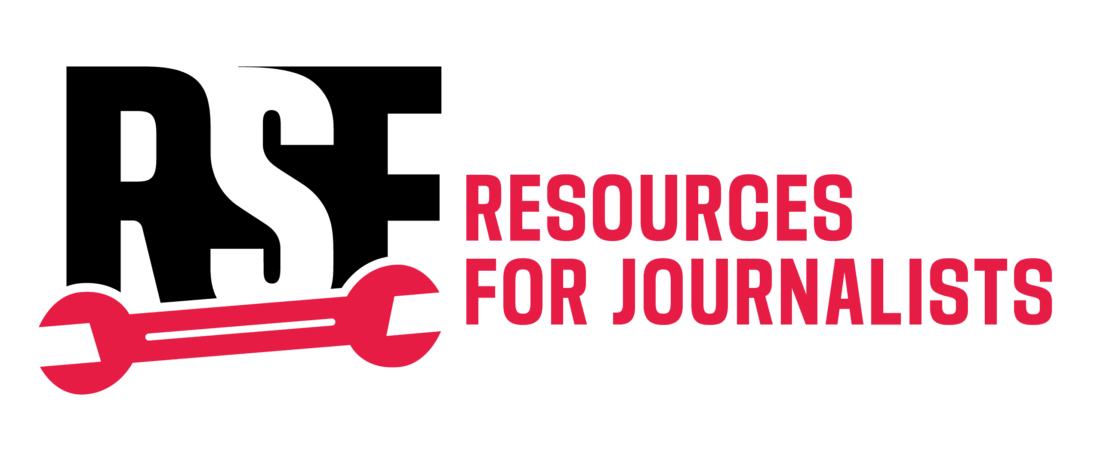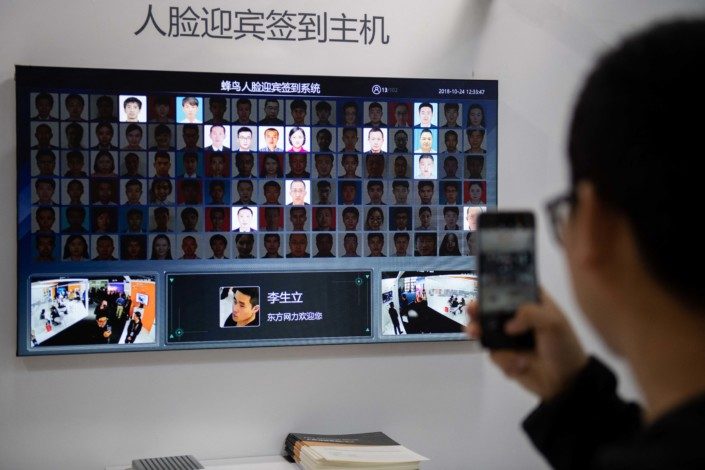Facial recognition is ubiquitous in China, and is being used by the Chinese regime to exert heavy social control over its population. This is a major threat to free and independent journalism and puts journalists at great risk. Reporters Without Borders (RSF) discusses why one cannot avoid facial recognition in China, and offers strategies for journalists to minimise harm and exposure.
Facial recognition technology in China is everywhere. Security researcher Victor Gevers revealed in 2019 that one large tech provider had, on only a single server, records tracking the movements of over 2.5 million people. Although the Chinese government has recently outlined restrictions on private companies’ use of facial recognition, the government itself has systematised the usage of its technology for surveillance purposes and without any safeguards for its citizens’ rights to privacy. This directly impacts the work and safety of journalists reporting in the country. In this article, Reporters Without Borders outlines the threats facial recognition poses to reporters and provides recommendations on how to mitigate them.
The end of anonymity
Facial recognition in China is so powerful because it is obligatory: the faces of almost all Chinese citizens are already on record, and foreigners have to submit facial and fingerprint scans upon entering the country. Many malls, schools, and offices use facial recognition to identify and track employees and customers, permit access to buildings, and process payments. Public services are increasingly online, and accounts often must be linked to government IDs to verify user identities. The government is connected to the companies running these essential apps (such as WeChat, Alipay etc.) and has practically unlimited access to user data.
A tool to track journalists
Journalists working in China must be aware that their movements, and those of their sources, can be tracked in real-time. An instance of meeting a source in public or even just being in the same vicinity as them is easily identifiable should authorities decide a journalist or the informant is worth monitoring. It was previously possible to evade facial recognition cameras by hiding in a crowd or wearing a mask. However, new facial recognition cameras can scan a crowd of thousands in a second, and technology developed during COVID can identify people even when wearing surgical masks.
Recommendations
- Keep a low profile and make an effort not to arouse the suspicion of authorities. Have a viable cover story when meeting with sources, and never do journalistic work on a device without a VPN and encryption.
- Use a dead-drop, or dead letter box, to avoid being in a location at the same time as a source when documents must be exchanged. This method of espionage tradecraft consists of exchanging items or information between two individuals by leaving documents or objects in a box in a secret location.
- Pay attention to cameras and stay away from them as much as possible. Even simple CCTV cameras can be used to track a person by height and clothing. If meeting a source, find a location without cameras and try to trace a path there that goes past as few as possible. Facial recognition may be required to access buildings and public transit, which will severely limit options for physical meetings.
- Wear face-coverings when going past facial recognition cameras. A mask combined with a hat or a pair of sunglasses, or anything else covering the top half of the face, will make facial recognition less likely to operate properly. Nevertheless, journalists should be aware that police may check people who cover their faces, and may themselves be equipped with glasses that contain facial recognition cameras.



